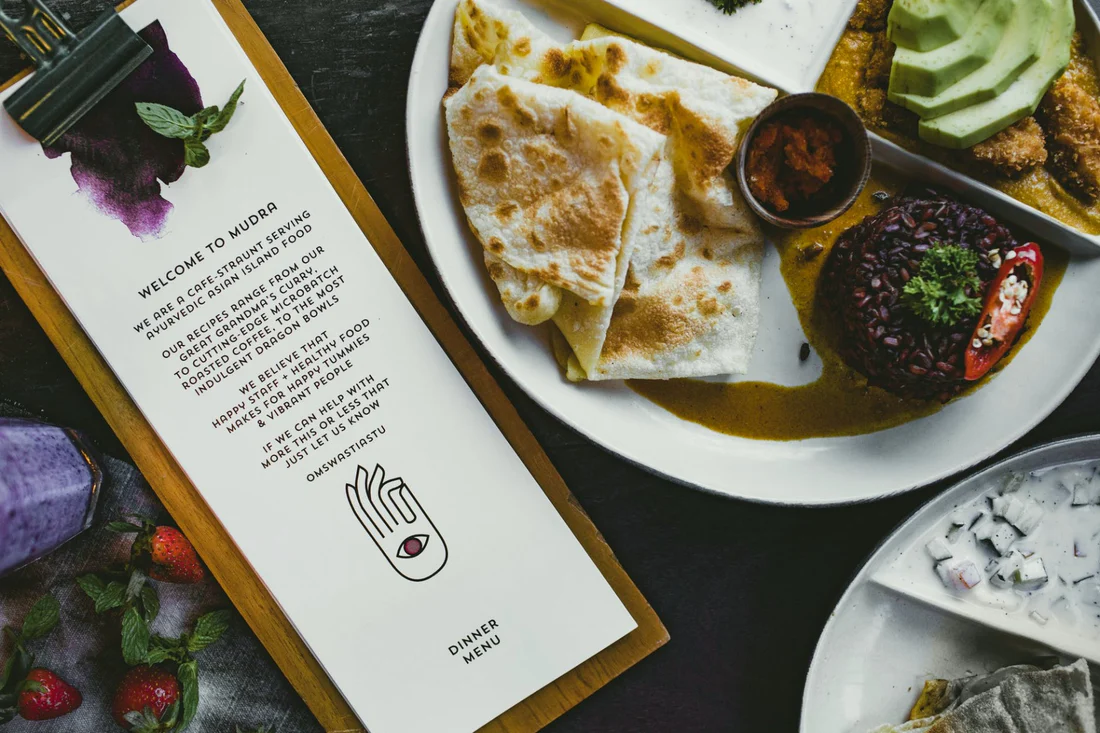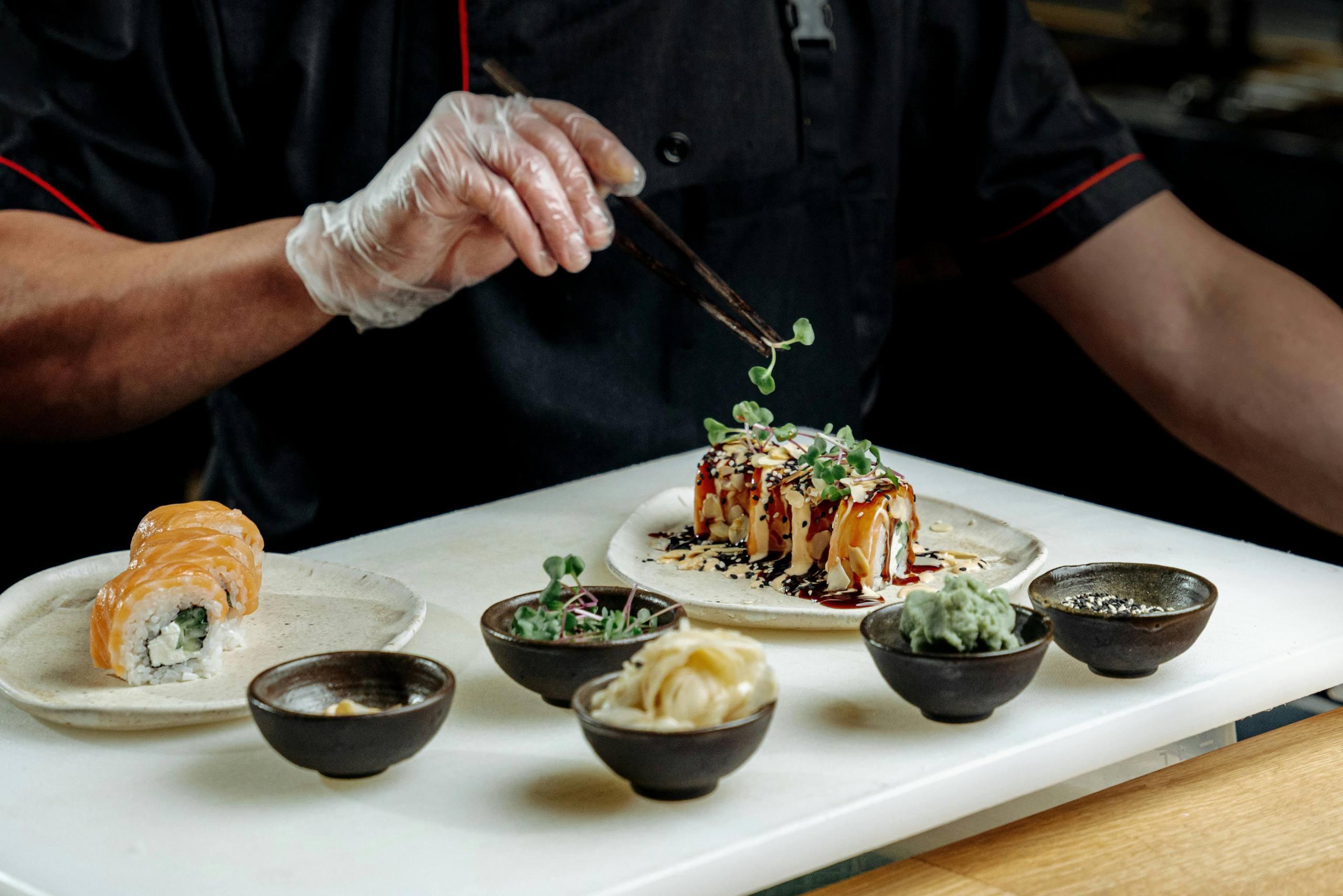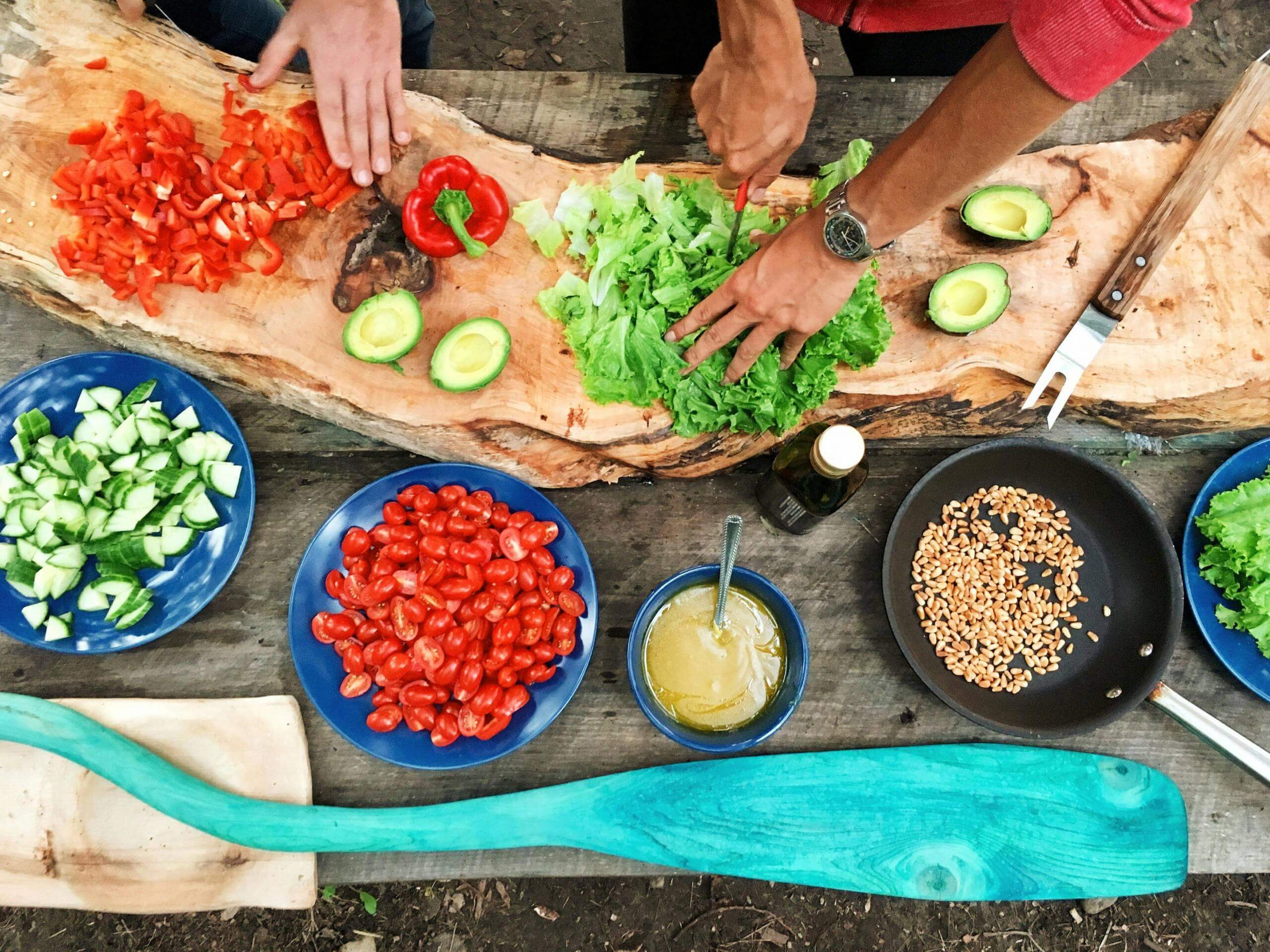Introduction
Why Menu Design Matters
Starting a restaurant involves numerous challenges, from securing financing to hiring staff. One often overlooked aspect is menu design, which plays a crucial role in controlling food costs. For those exploring how to start a restaurant, understanding the impact of menu design on expenses is essential.
1. Understanding Menu Engineering

The Four Key Menu Categories
Menu engineering is the practice of analyzing and optimizing menu items based on their profitability and popularity. By categorizing dishes into:
-
Stars (high profit, high popularity)
-
Plowhorses (low profit, high popularity)
-
Puzzles (high profit, low popularity)
-
Dogs (low profit, low popularity)
Restaurateurs can make informed decisions about which items to promote, reprice, or remove. (Source: David Scott Peters)
2. Strategic Placement of High-Profit Items
Leveraging Eye-Scanning Patterns
Customers tend to focus on specific areas of a menu, such as the top-right corner. Placing high-margin items in these “sweet spots” can guide patrons toward more profitable choices. Additionally, using boxes, bold fonts, or icons to highlight these items can draw attention without overwhelming the design. (Source: Restaurant Systems Menu)
3. Simplifying Menu Layout

Reducing Clutter for Better Decisions
A cluttered menu can lead to decision fatigue, causing customers to default to familiar, potentially less profitable items. By reducing the number of offerings and organizing them logically, restaurants can streamline the decision-making process, encouraging selections that align with profitability goals.
4. Descriptive Labeling and Pricing Techniques

Using Language and Numbers Wisely
Using vivid, sensory descriptions for dishes can enhance perceived value, allowing for premium pricing. Moreover, omitting currency symbols and using whole numbers (e.g., “12” instead of “$12.00”) can make prices seem more approachable, subtly influencing spending behavior.
5. Incorporating Seasonal and Local Ingredients

Lowering Costs with Local Sourcing
Designing menus around seasonal and locally sourced ingredients can reduce procurement costs and appeal to environmentally conscious consumers. This approach not only supports local economies but also ensures fresher, often more affordable, ingredients.
6. Implementing Portion Control
Managing Waste and Expectations
Clearly defining portion sizes on the menu helps manage customer expectations and reduces food waste. Offering dishes in multiple sizes or sharing options can cater to diverse appetites while optimizing ingredient usage.
7. Utilizing Technology for Dynamic Menus
Adapting in Real-Time
Digital menu boards and online ordering platforms allow for real-time updates, enabling restaurants to adjust offerings based on inventory levels or ingredient costs. This flexibility helps in minimizing waste and responding swiftly to market changes.
8. Continuous Analysis and Feedback
Monitoring to Maximize Profitability
Regularly reviewing sales data and customer feedback can identify trends and areas for improvement. This ongoing analysis ensures the menu remains aligned with both customer preferences and cost management objectives.
Conclusion
Menu Design as a Profit-Driving Strategy
Effective menu design is a powerful tool in controlling food costs and enhancing profitability. For aspiring restaurateurs learning how to start a restaurant, investing time and resources into thoughtful menu planning can yield significant long-term benefits.
For a comprehensive guide on launching your dining establishment, visit our article on How to Start a Restaurant: Step-by-Step Guide.
Explore more about menu engineering strategies at WebstaurantStore’s Menu Psychology Guide.

